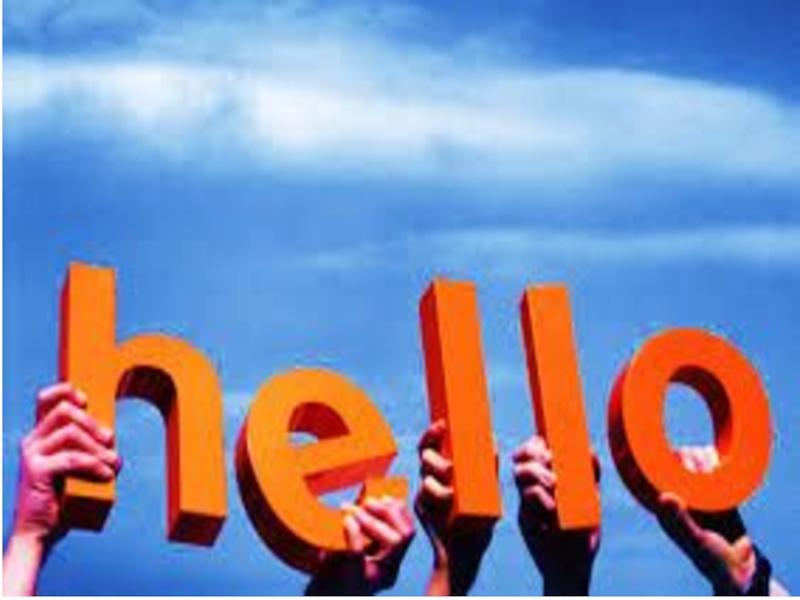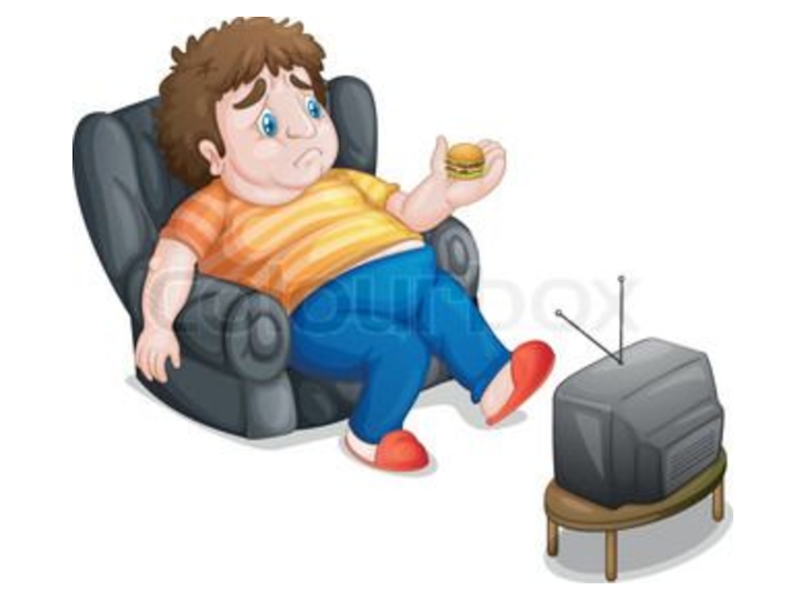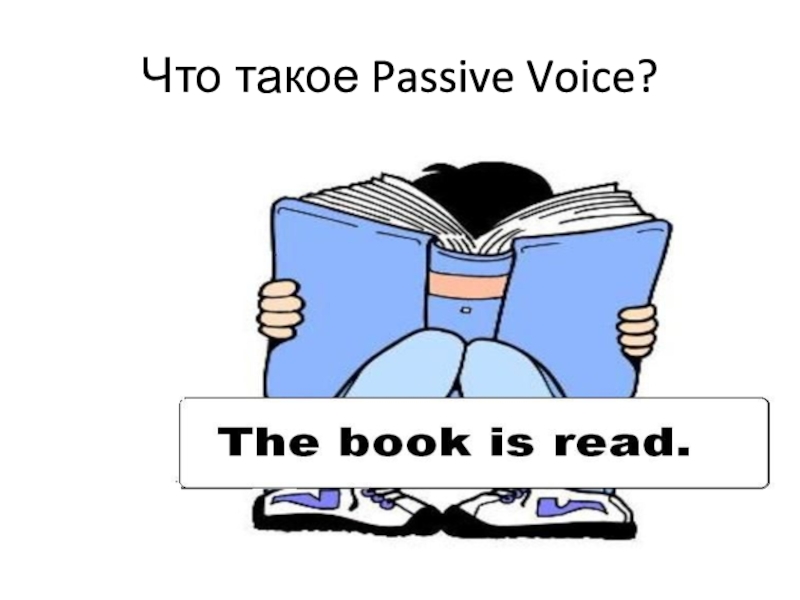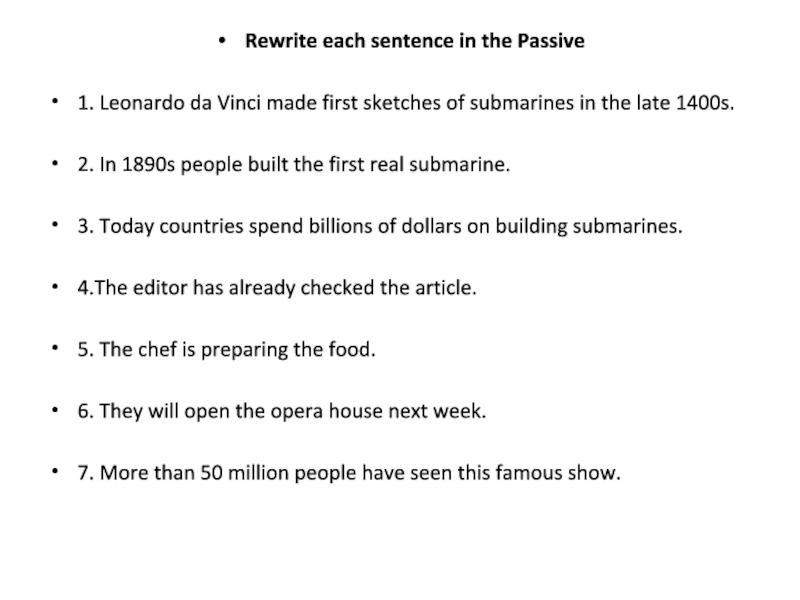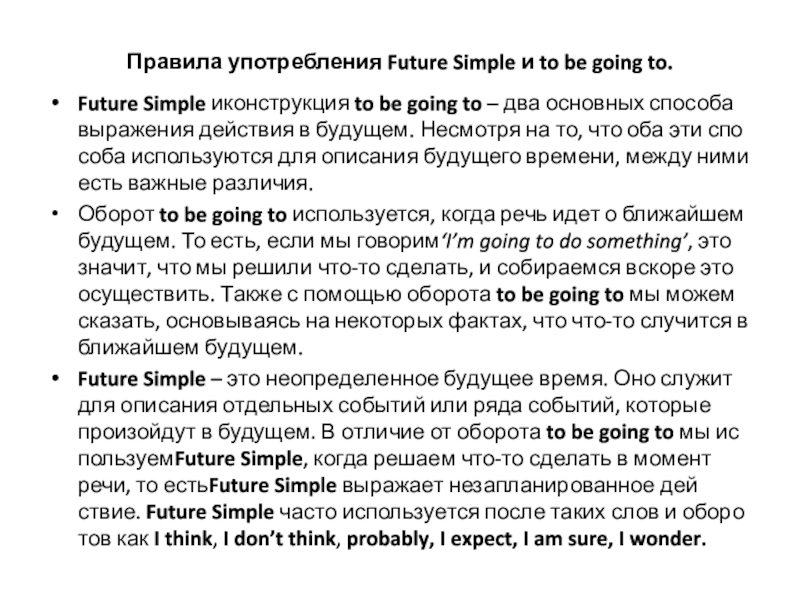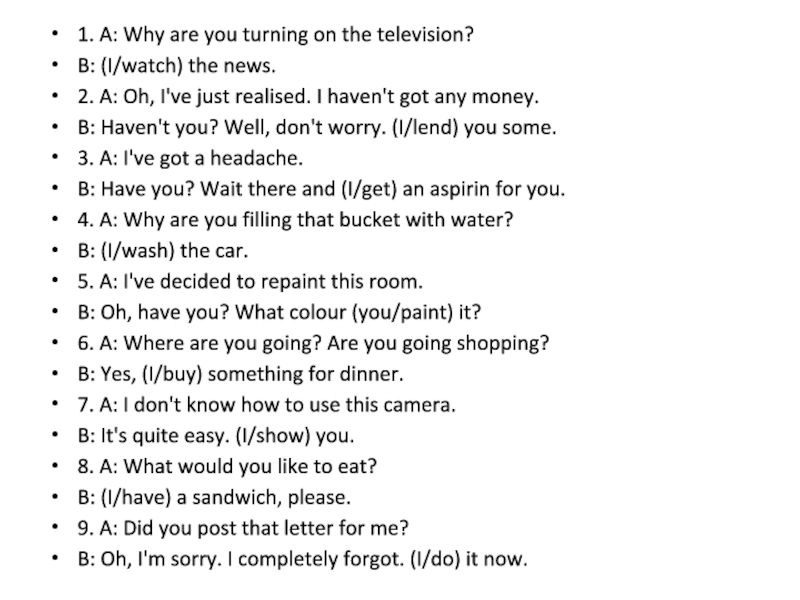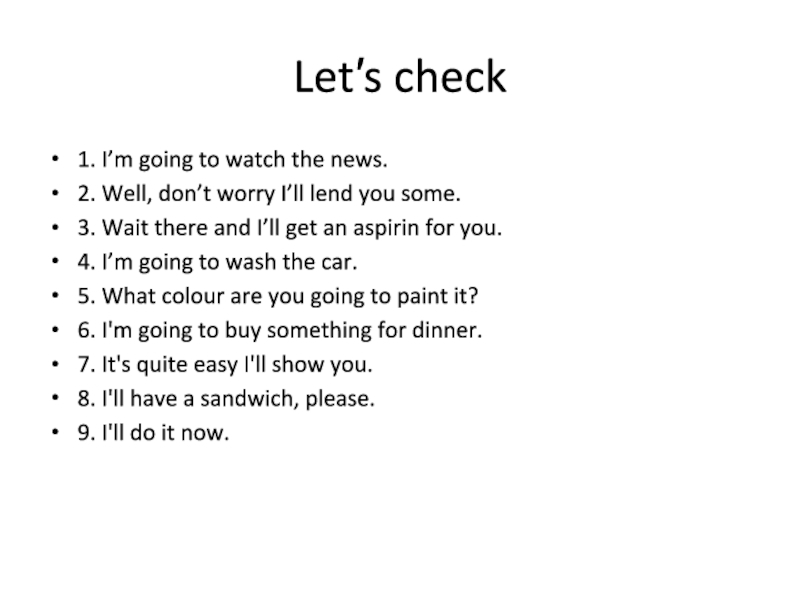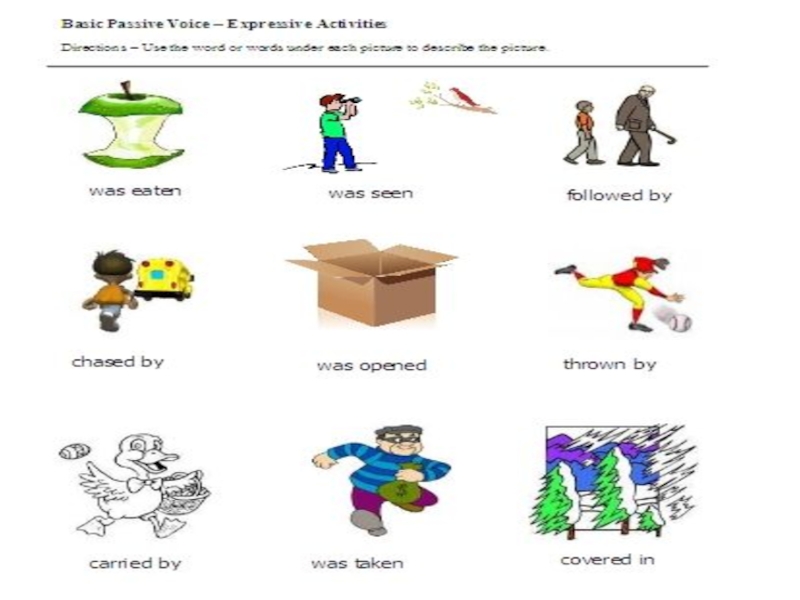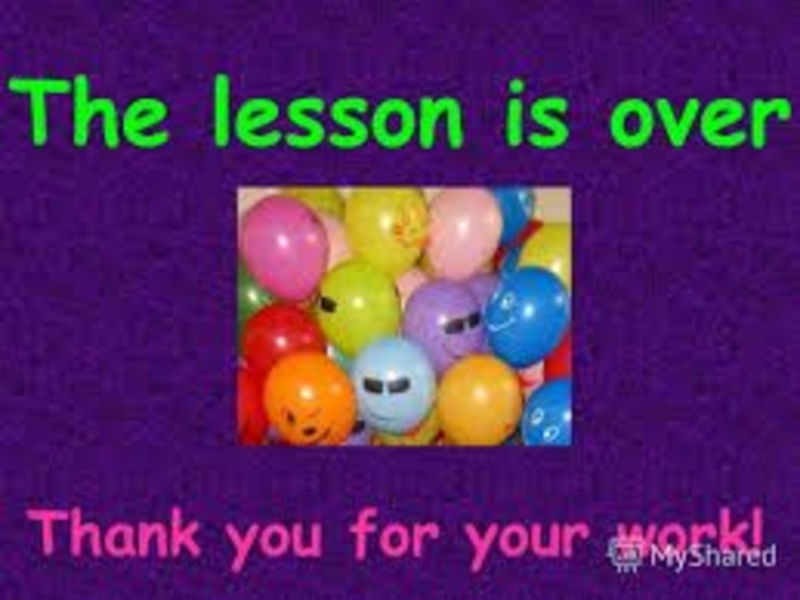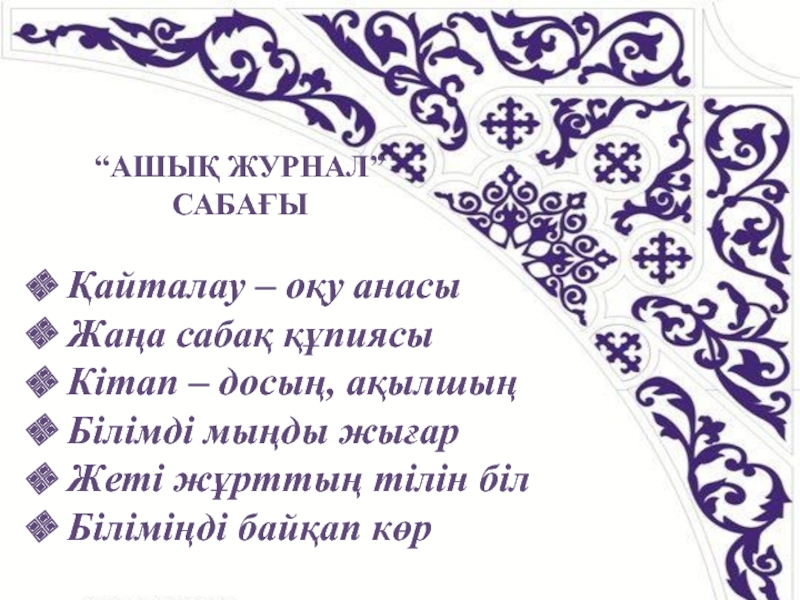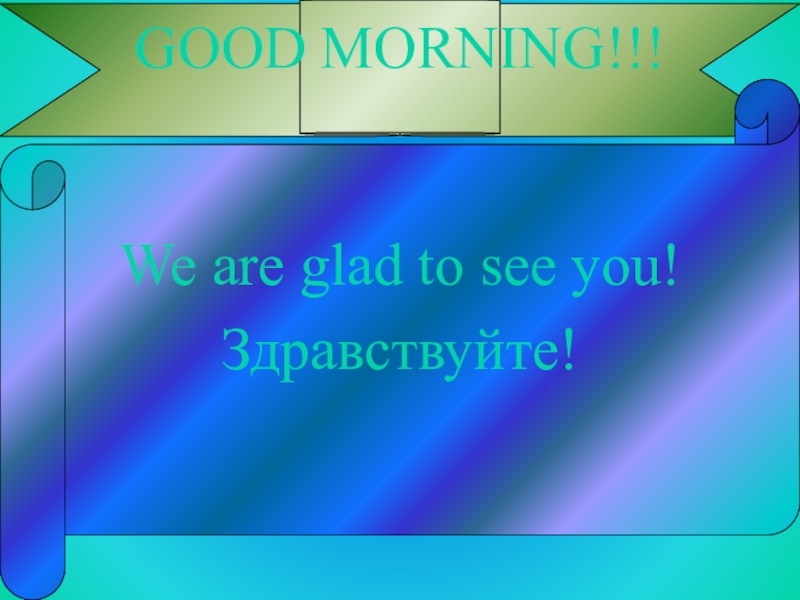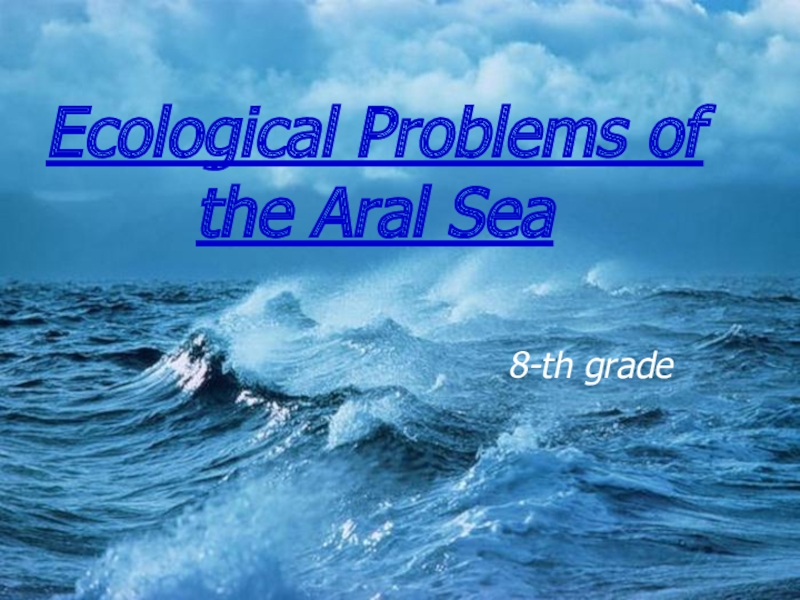- Главная
- Разное
- Образование
- Спорт
- Естествознание
- Природоведение
- Религиоведение
- Французский язык
- Черчение
- Английский язык
- Астрономия
- Алгебра
- Биология
- География
- Геометрия
- Детские презентации
- Информатика
- История
- Литература
- Математика
- Музыка
- МХК
- Немецкий язык
- ОБЖ
- Обществознание
- Окружающий мир
- Педагогика
- Русский язык
- Технология
- Физика
- Философия
- Химия
- Шаблоны, фоны, картинки для презентаций
- Экология
- Экономика
Презентация, доклад по английскому языку для дистанционного обучения в 8 классе.
Содержание
- 1. Презентация по английскому языку для дистанционного обучения в 8 классе.
- 2. Слайд 2
- 3. Что такое Passive Voice?
- 4. Слайд 4
- 5. Rewrite each sentence in the Passive 1.
- 6. Правила употребления Future Simple и to be
- 7. 1. A: Why are you turning on
- 8. Let′s check1. I’m going to watch the
- 9. Слайд 9
- 10. Слайд 10
- 11. Слайд 11
Что такое Passive Voice?
Слайд 5Rewrite each sentence in the Passive
1. Leonardo da Vinci made
first sketches of submarines in the late 1400s.
2. In 1890s people built the first real submarine.
3. Today countries spend billions of dollars on building submarines.
4.The editor has already checked the article.
5. The chef is preparing the food.
6. They will open the opera house next week.
7. More than 50 million people have seen this famous show.
2. In 1890s people built the first real submarine.
3. Today countries spend billions of dollars on building submarines.
4.The editor has already checked the article.
5. The chef is preparing the food.
6. They will open the opera house next week.
7. More than 50 million people have seen this famous show.
Слайд 6Правила употребления Future Simple и to be going to.
Future Simple иконструкция to be going to – два основных
способа выражения действия в будущем. Несмотря на то, что оба эти способа используются для описания будущего времени, между ними есть важные различия.
Оборот to be going to используется, когда речь идет о ближайшем будущем. То есть, если мы говорим‘I’m going to do something’, это значит, что мы решили что-то сделать, и собираемся вскоре это осуществить. Также с помощью оборота to be going to мы можем сказать, основываясь на некоторых фактах, что что-то случится в ближайшем будущем.
Future Simple – это неопределенное будущее время. Оно служит для описания отдельных событий или ряда событий, которые произойдут в будущем. В отличие от оборота to be going to мы используемFuture Simple, когда решаем что-то сделать в момент речи, то естьFuture Simple выражает незапланированное действие. Future Simple часто используется после таких слов и оборотов как I think, I don’t think, probably, I expect, I am sure, I wonder.
Оборот to be going to используется, когда речь идет о ближайшем будущем. То есть, если мы говорим‘I’m going to do something’, это значит, что мы решили что-то сделать, и собираемся вскоре это осуществить. Также с помощью оборота to be going to мы можем сказать, основываясь на некоторых фактах, что что-то случится в ближайшем будущем.
Future Simple – это неопределенное будущее время. Оно служит для описания отдельных событий или ряда событий, которые произойдут в будущем. В отличие от оборота to be going to мы используемFuture Simple, когда решаем что-то сделать в момент речи, то естьFuture Simple выражает незапланированное действие. Future Simple часто используется после таких слов и оборотов как I think, I don’t think, probably, I expect, I am sure, I wonder.
Слайд 71. A: Why are you turning on the television?
B: (I/watch) the
news.
2. A: Oh, I've just realised. I haven't got any money.
B: Haven't you? Well, don't worry. (I/lend) you some.
3. A: I've got a headache.
B: Have you? Wait there and (I/get) an aspirin for you.
4. A: Why are you filling that bucket with water?
B: (I/wash) the car.
5. A: I've decided to repaint this room.
B: Oh, have you? What colour (you/paint) it?
6. A: Where are you going? Are you going shopping?
B: Yes, (I/buy) something for dinner.
7. A: I don't know how to use this camera.
B: It's quite easy. (I/show) you.
8. A: What would you like to eat?
B: (I/have) a sandwich, please.
9. A: Did you post that letter for me?
B: Oh, I'm sorry. I completely forgot. (I/do) it now.
2. A: Oh, I've just realised. I haven't got any money.
B: Haven't you? Well, don't worry. (I/lend) you some.
3. A: I've got a headache.
B: Have you? Wait there and (I/get) an aspirin for you.
4. A: Why are you filling that bucket with water?
B: (I/wash) the car.
5. A: I've decided to repaint this room.
B: Oh, have you? What colour (you/paint) it?
6. A: Where are you going? Are you going shopping?
B: Yes, (I/buy) something for dinner.
7. A: I don't know how to use this camera.
B: It's quite easy. (I/show) you.
8. A: What would you like to eat?
B: (I/have) a sandwich, please.
9. A: Did you post that letter for me?
B: Oh, I'm sorry. I completely forgot. (I/do) it now.
Слайд 8Let′s check
1. I’m going to watch the news.
2. Well, don’t worry
I’ll lend you some.
3. Wait there and I’ll get an aspirin for you.
4. I’m going to wash the car.
5. What colour are you going to paint it?
6. I'm going to buy something for dinner.
7. It's quite easy I'll show you.
8. I'll have a sandwich, please.
9. I'll do it now.
3. Wait there and I’ll get an aspirin for you.
4. I’m going to wash the car.
5. What colour are you going to paint it?
6. I'm going to buy something for dinner.
7. It's quite easy I'll show you.
8. I'll have a sandwich, please.
9. I'll do it now.
